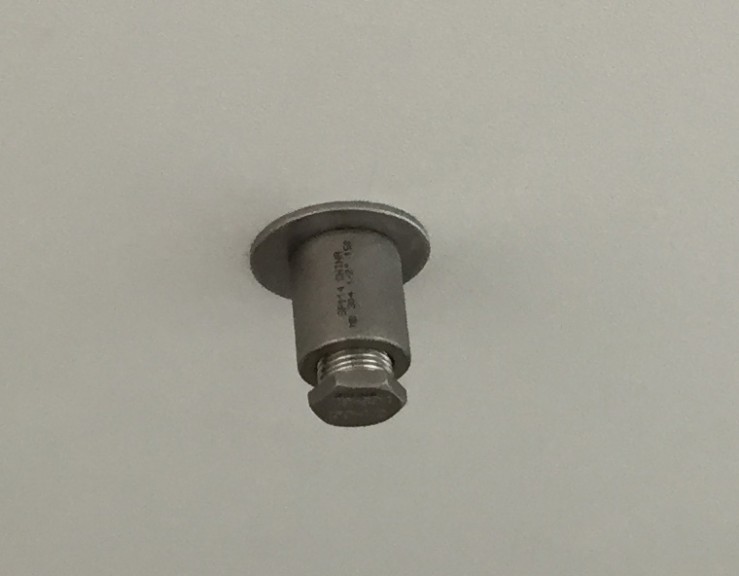
HEPA filters are sold in a variety of models and configurations, including with or without injection and testing ports. As HEPA filter leak testing involves upstream challenge of the HEPA filter with an aerosolized oil followed by downstream scanning for concentration of any penetrating oil, the purchase of HEPAs with injection ports and testing ports is a significant consideration.
Injection Ports
To inject the challenge oil upstream of the HEPA filter, either local or remote injection is possible.
Remote injection is done in the ductwork system upstream of the HEPA(s) to be tested; typically performed at the Air Handling Unit. This challenges the entire system at the same time for the duration of testing. As remote injection cannot be targeted, all ductwork supplied by the Air Handling Unit will have concentration of aerosolized oil – meaning HEPA filters which are not under test will be challenged unnecessarily; and aerosolized oil may enter general building zones through any non-HEPA filtered supply registers and trigger smoke detection systems.
Local injection is exactly as it sounds, introducing the challenge aerosol directly into each filter and testing that filter individually. Local injection prevents the common issues listed above for remote injection – limiting undue loading of other filters in the system that are not being tested and preventing unplanned dispersion of the challenge aerosol into the general building.
Local injection becomes challenging due to lack of aerosol introduction ports and adequate possible upstream aerosol mixing. Without a proper introduction port, adjacent ceiling tiles may be lifted to introduce challenge aerosol upstream of the HEPA filter. This method is not ideal as it becomes a contamination concern and may also lead to ceiling damage; and introduction through an injection port is preferable. HEPA filter injection ports may either be purchased built into the housing from the manufacturer, or may be installed after market. Both options allow any certifier to introduce the challenge aerosol from within the room without removing a ceiling tile, preventing exposure to uncontrolled space on a recurring basis.
Whether provided by the manufacturer or installed after market, installed injection ports should have tubing and fittings with an inner dimension no less than ½ inch and facilitate proper mixing of aerosol upstream. Review of the validation information from the manufacturer regarding upstream uniformity and deviation from calculated challenge is recommended.
Testing Ports
Following injection of the aerosol challenge upstream, the amount of downstream oil concentration is measured as a percent of the total upstream challenge. This requires the upstream concentration of oil to be known, either via calculation from air volume or direct measurement. To facilitate direct measurement of the upstream concentration, some HEPA filter housings have integrated upstream challenge ports that allow the concentration to be measured directly. When shopping for HEPA filters and housings for your cleanroom, it is best to find one with upstream challenge measurement ports as well as integrated injection ports.
Considerations
Technical Safety Services’ testing experts will gladly discuss the considerations of installation ports, and may even review the proposed port installation validation documentation to provide expert feedback. For units with non-functional injection ports, or without injection ports, TSS can install the aftermarket option into the cleanroom ceiling, or even located just outside of the room to limit particle burden in the room from the aerosol challenge generator.

